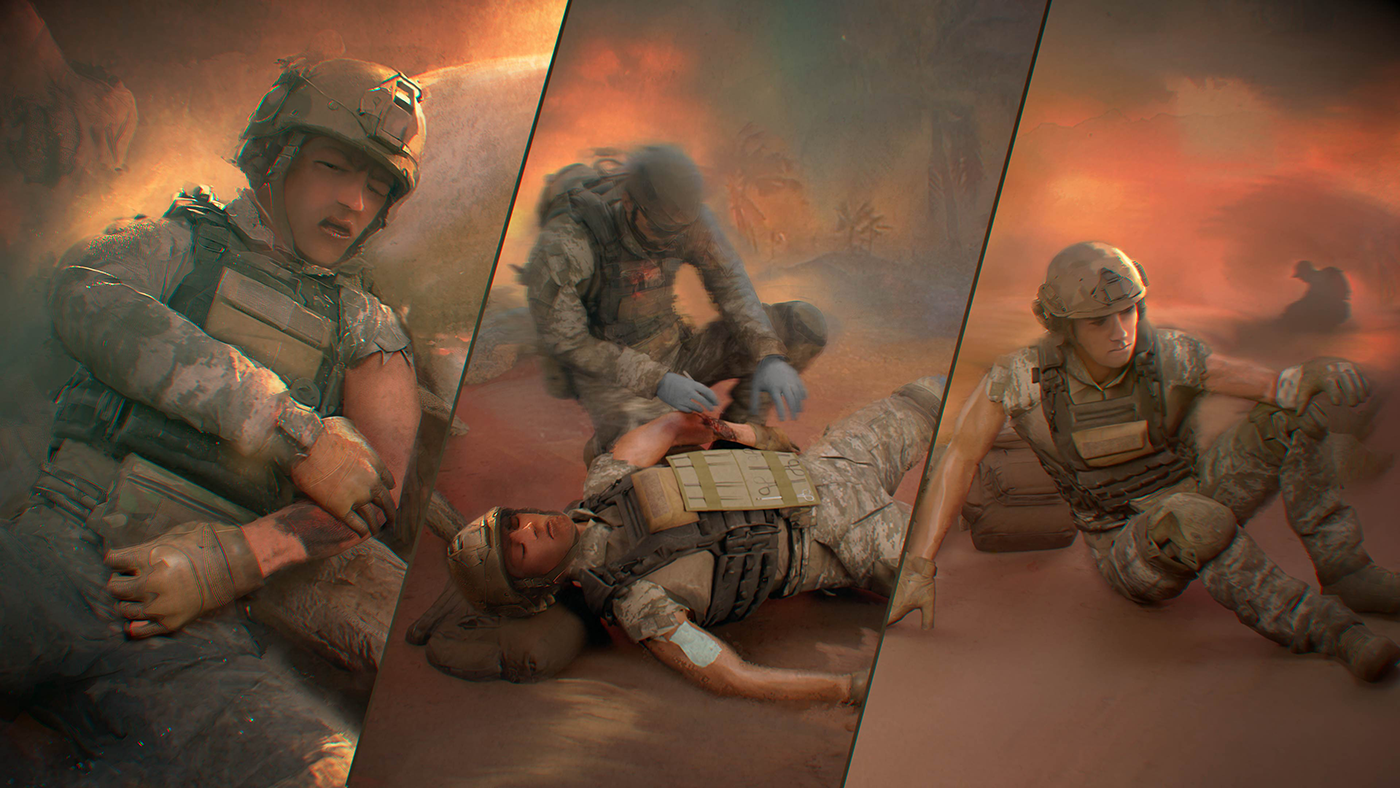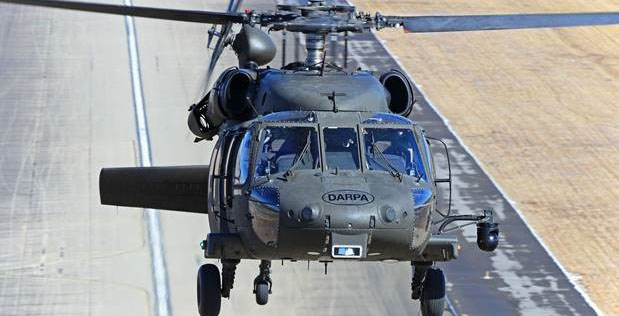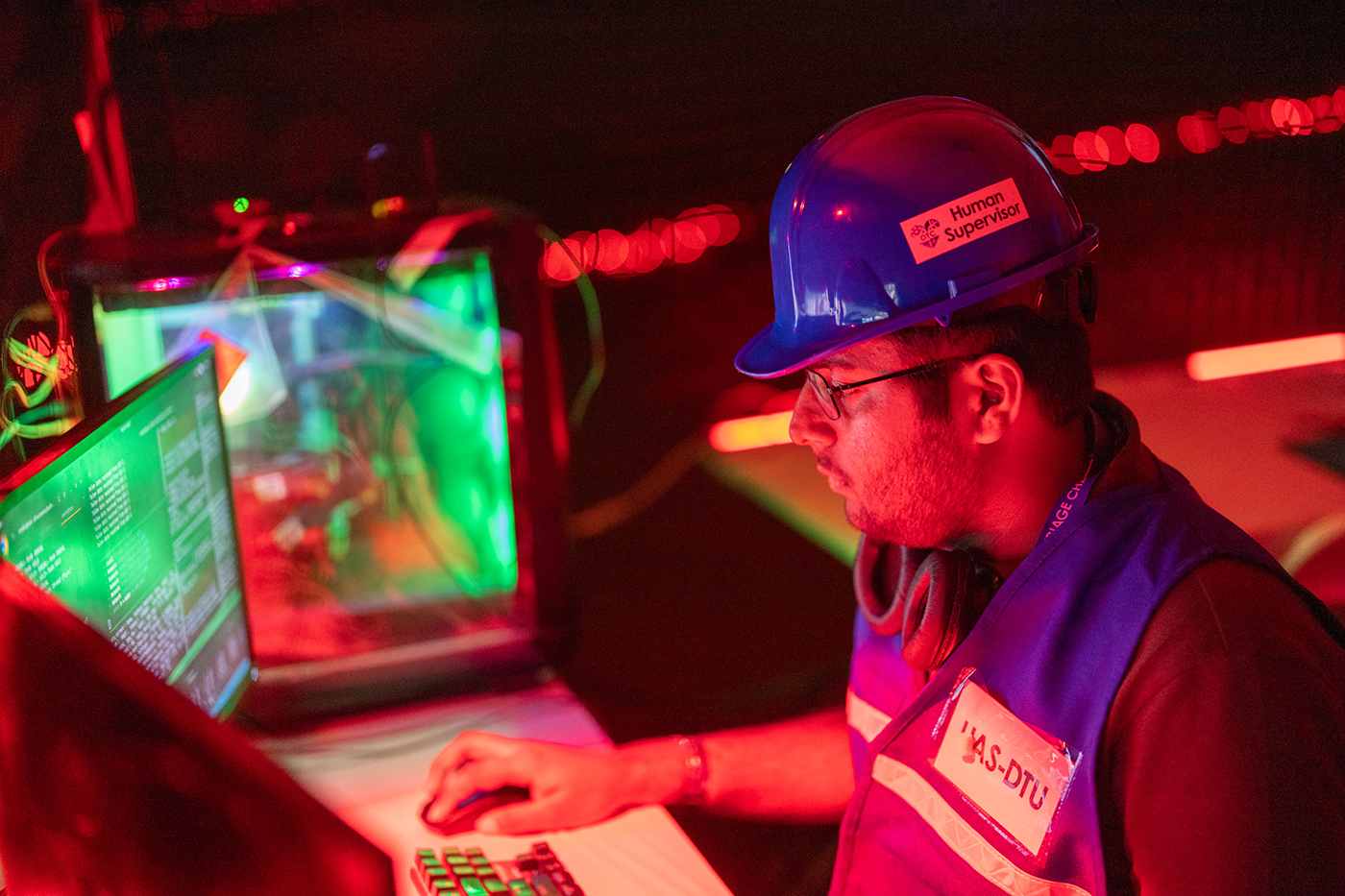
Transforming Battlefield Casualty Care for Modern Warfare
The Challenge
The United States military medical system, statistically the best in history, faces a critical challenge: adapting to the realities of potential large-scale combat operations (LSCO) against near-peer adversaries.
For two decades, U.S. forces in the Global War on Terror relied on rapid evacuation and forward surgical teams to achieve unprecedented casualty survival rates, enabled by:
- Air superiority
- Uncontested logistics
- Relatively short distances to advanced medical care
These conditions are not guaranteed in future conflicts.
Modern warfare, marked by advanced weaponry, anti-access/area denial environments, and a high volume of complex injuries, will strain – and potentially overwhelm – the existing casualty care system.
Why the Live Chain Matters
In future battlefield scenarios, the golden hour – the principle that patients should reach surgery within 60 minutes for optimal outcomes – may become unattainable. Factors such as degraded communications, contested airspace, and advanced weaponry will hinder medical evacuation and limit the ability to stage surgical assets close to the front lines.
The recent conflict in Ukraine offers a stark illustration of these challenges: restricted air movement, targeted medical facilities, and unreliable supply lines are common obstacles.
DARPA believes it is imperative to enhance treatment options at and near the point of injury by providing an easy to administer self-help/first aid and enabling long term patient stabilization in a field environment.
DARPA's Focused Approach
Recognizing this looming gap, DARPA is focusing its investment on the Live Chain: The critical steps of tactical combat casualty care that bridge the gap between injury on the battlefield and arrival at surgical care.
The Live Chain encompasses self-aid, buddy-aid, medic care, en-route care during evacuation, and ultimately, surgical intervention.
The aim is to ensure warfighters survive the pre-surgical period despite the increased time between injury and definitive medical care.
Extending the Live Chain of casualty care
This conceptual scene illustrates a medic, equipped with a virtual reality interface and real-time battlefield data, surveying the wounded. The need for prolonged field care solutions is critical in future conflicts, where rapid evacuation is not guaranteed.
Technologies like FSHARP artificial blood and the GOLDEVAC system represent DARPA's investment in advanced resuscitation and stabilization techniques, enabling medics to deliver life-saving treatment at the point of injury until definitive surgical care can be reached.
Research
DARPA's Live Chain research is targeting technological breakthroughs across several key areas:
Hemorrhage Control | Resuscitation and Stabilization | Pain Management and Anesthesia
Autonomous Systems and AI | Traumatic Brain Injury | Real-time Data
The Path Forward
DARPA's role is to conduct fundamental research and demonstrate the potential of new technologies. A robust transition strategy is critical to bringing new technology into the hands of the warfighter.
To accelerate this process, DARPA is actively engaging with researchers, commercial businesses, U.S. military entities, and regulatory bodies to build a collaborative ecosystem. This includes building relationships with potential commercial and industrial manufacturing partners.
Conclusion
The Live Chain initiative represents a critical investment in the future of battlefield casualty care. By focusing on technological breakthroughs that enhance early intervention and prolonged stabilization, DARPA aims to ensure that U.S. warfighters receive the best possible care, even in the most challenging and contested environments.
As the nature of warfare evolves, so too must the tools and techniques used to protect those who serve. DARPA is committed to driving the innovation necessary to meet this urgent need.
The recent conflict in Ukraine offers a stark illustration of these challenges:
- Restricted air movement
- Targeted medical facilities
- Unreliable supply lines
Resources
Download high-resolution images
Programs
- ABC: Seeks to develop safe, battlefield-ready anesthetics in order to reduce injury-associated trauma and improve combat casualty outcomes
- ALIAS: Envisions a tailorable, drop-in, removable kit that would promote the addition of high levels of automation into existing aircraft, enabling operation with reduced onboard crew
- DARPA Triage Challenge: Drives innovations in identifying vital signs of injury, locating and assessing casualties, and transmitting critical data
- FSHARP: Will develop a deployable, shelf-stable, universal whole blood substitute as a hemorrhage countermeasure to sustain injured warfighters in austere, pre-hospital settings
- GOLDEVAC: Will yield a single intravascular device and gas exchange (i.e. oxygenation) strategy to address a wide range of life-threatening injuries and buy more time to accomplish medical evacuation
- In the Moment: Investigates whether the alignment of artificial intelligence (AI) to individual humans affects willingness to delegate in high-stakes domains
- Medics Autonomously Stopping Hemorrhage (MASH): Aims to develop robotic systems to autonomously find and stop life-threatening bleeding inside the body, giving injured warfighters a much better chance of survival in combat situations
- RACER: Will demonstrate game-changing autonomous UGV mobility, focused on speed and resiliency, using a combination of simulation and advanced platforms
Opportunities
- MASH: DARPA is soliciting proposals to develop demonstrator autonomous systems to stabilize torso hemorrhage without need of a surgeon in forward medical sites.
- Advanced Technologies for Combat Casualty Care (RFI): BTO is soliciting input regarding the most advanced medical sensing, computational, modeling, actuation, therapeutic and robotics technologies that could transform continuum of care in contested, resource-constrained environments.







